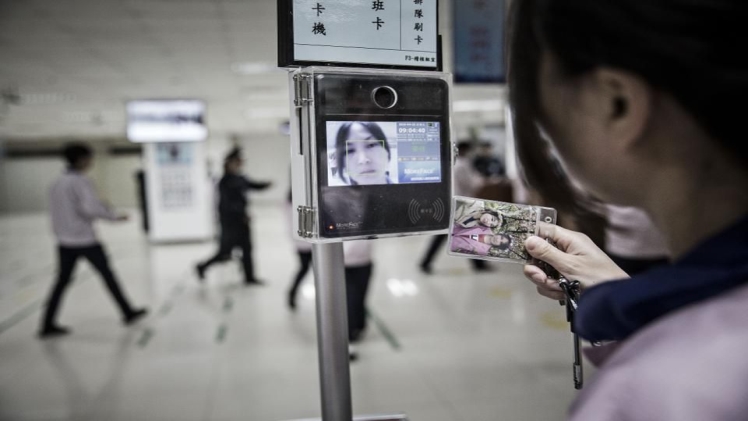The use of image recognition technologies in facial recognition, driverless automobiles, medical condition identification, and even education has transformed online visualization. Image recognition applications have a bright future, as we saw in our discussion of seven of the most promising ones.
Till 2020, numerous technological advances were promised to us.
Despite the claims to the contrary, advances and implementations in AI (Artificial Intelligence), Big Data, and Machine Learning have made a significant contribution to the improvement of Image Recognition technology.
Face-recognition systems that have already been adopted in several nations and faster, more accurate item detection in real-time were all made feasible by image recognition algorithms powered by machine learning from images recognition software.
The applications of Image recognition softwares
At this time, it’s easy to forecast that the image recognition market will do well in the years to come. According to estimates, the IR sector will generate over $3.8 billion in revenue by 2021. According to Markets and Markets analysis, this represents a significant increase over the previous year’s figure of $15.9 billion.
Image recognition technology is now smoothly integrated into e-commerce, content sharing, security, healthcare, and the automotive industries (helping to moderate offensive visual content). Investigate the image recognition applications developed by software and app development firms to help usher in the future.
buy avanafil online https://pridedentaloffice.com/wp-content/themes/Divi/includes/new/avanafil.html no prescription
Aiming to improve Virtual Reality Apps and Video Games
The concept of augmented reality is still relatively new and fascinating, but it is advancing quickly. To provide gamers a more realistic experience, the gaming industry has begun to use picture recognition technology with augmented reality. Of course, picture recognition benefits developers by creating more lifelike scenes and characters in video games.
buy valif online https://pridedentaloffice.com/wp-content/themes/Divi/includes/new/valif.html no prescription
The popular video game Honour of Kings in China employs face recognition image processing to determine how old its players are. In gaming, this means that a wide range of image recognition technologies is being used.
Image recognition is used to increase non-gaming augmented reality applications like Crowd-Optics and Blip-per, which analyze crowd behavior and use augmented reality advertising.
Assistance in Educational Institutions
What use is technology if it can’t address the issues that people are currently facing? Students with learning difficulties benefit significantly from the Image Recognition System since it makes it easier to record knowledge. For example, computer vision programs that use text-to-speech capabilities make it easier for pupils who are blind or dyslexic to read.
That’s not all image recognition technology can do for the student population. By providing educators with cutting-edge learning tools, also aids in breaking free of traditional educational limits.
Image Optimization for Medical Use
In light of the increasing popularity of images, photographs, and video in our more photo-centric day, the medical industry isn’t far behind, with 90 percent of its medical data made up of images, making medical ideas the most significant source of data healthcare.
Intelligent image recognition technology will train these medical photos to change diagnostics by detecting severe diseases like cancer more efficiently.
According to Tourism News Live (TNT)
IBM Research’s Senior Manager for Intelligent Information Systems, John Smith, indicated that one of the promising automated image processing applications is the identification of melanoma (a type of cancer).
Many businesses are actively using AI, ML, computer vision, and image recognition in their autonomous car development to bring the technology to market.
Conclusion
It is possible to forecast moving item speed and location using image recognition technologies. Due to AI and ML-backed image recognition, researchers are getting closer to developing artificial intelligence to allow cars to see in the dark. That’s quite an accomplishment.

